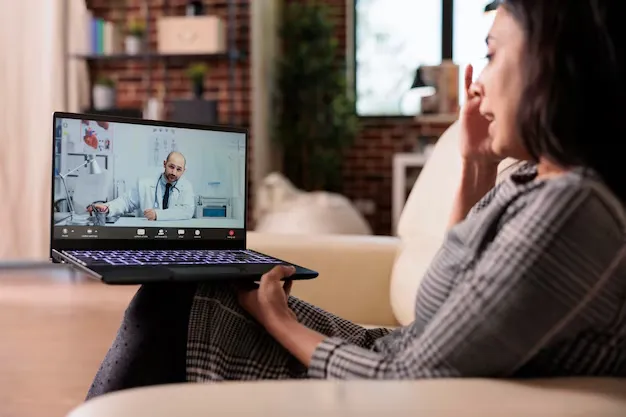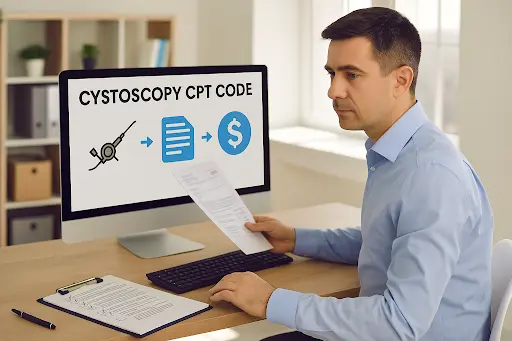At Cadence Collaborative, we work with nurse practitioners, therapists, counselors, and behavioral health teams every day — and if there’s one question that comes up more than almost any other, it’s this: “Am I using the right code for this session?”
For 45-minute psychotherapy sessions, CPT 90836 is often the answer — but it’s also one of the most misunderstood billing codes out there.
How long is long enough? What if it’s via telehealth? Can you use it with a med check? What exactly needs to be in the documentation?
This guide was built to take the guesswork out of it.
Whether you’re new to private practice or refining your group’s billing systems, we’re here to help you use 90836 with clarity, accuracy, and confidence, so your billing reflects the full value of your care.
Let’s break it all down together.
What Is CPT Code 90836?
CPT code 90836 represents individual psychotherapy lasting about 45 minutes, delivered in an outpatient setting — whether in person or via telehealth.
It falls in the middle of the time-based psychotherapy codes:
- 90832: 30-minute session
- 90836: 45-minute session
- 90837: 60-minute session
The 90836 code specifically applies to sessions that run between 38 and 52 minutes, according to CPT guidelines.
It’s designed for face-to-face therapy focused on emotional, behavioral, or psychological conditions, when delivered in conjunction with a medical evaluation and management (E/M) service by a medically licensed provider.
When Should You Use 90836?
This is your go-to code when:
- You’re delivering talk therapy (not med management)
- The session lasts between 38 and 52 minutes
- The service is focused on mental health diagnosis and treatment
Who Can Bill 90836?

90836 is appropriate for licensed mental health professionals such as:
- Psychologists
- Clinical social workers (LCSWs)
- Licensed professional counselors (LPCs)
- Marriage and family therapists (LMFTs)
- Psychiatric NPs or psychiatrists
Each payer may have specific credentialing requirements, so always check whether your license is recognized for psychotherapy reimbursement under a given plan.
What Needs to Be in the Documentation?
Solid notes are what make or break 90836 billing. You don’t need to write a novel, but the documentation must clearly show:
- The start and end time (total minutes) to prove the time frame spent
- What was discussed and worked on
- The therapeutic modality used (CBT, DBT, EMDR, etc.)
- How the client responded or engaged
- Your clinical impressions and plan going forward
For example:
“Provided 45 minutes of individual psychotherapy using CBT techniques focused on social anxiety and avoidance behaviors.
The client was engaged, identified three distorted beliefs, and practiced reframing during the session. Will continue exposure-focused work next visit.”
That’s the kind of note that tells a payer: this was real therapy.
What About Telehealth?
90836 can absolutely be used for telehealth, as long as:
- You meet the time threshold (38+ minutes)
- The session includes audio and video, unless your payer accepts audio-only
- You use the correct place of service and telehealth modifier

Check with your payers to confirm whether to use:
- Modifier 95 or GT
- Place of service 10 (patient at home) or 02 (other site)
Each payer is slightly different, especially with evolving post-pandemic policies.
Can 90836 Be Billed With an E/M Code?
Yes, 90836 must always be billed alongside an E/M code; it can’t be used on its own.
Here’s why:
90836 describes a 45-minute psychotherapy session provided by a medically licensed professional (such as a psychiatrist or psychiatric nurse practitioner) in conjunction with medical evaluation and management (E/M).
The code assumes that both psychotherapy and some level of medical service (like assessing medications or reviewing clinical progress) are being delivered in the same visit.
Because of this, 90836 is only valid when it’s paired with an appropriate E/M code (e.g., 99213, 99214). The psychotherapy component is captured by 90836, while the medical component is captured by the E/M code.
Important distinction:
- If the session is therapy-only, and no medical evaluation is performed, then 90836 is not appropriate; you’d use 90834 instead (45-minute psychotherapy without medical services).
- If both therapy and medical services are provided, then bill:
- An E/M code (e.g., 99213)
- Plus 90836 to reflect the psychotherapy component
- An E/M code (e.g., 99213)
Quick Reference: CPT 90836
| Feature | Detail |
| Code | 90836 |
| Description | Psychotherapy, 45 minutes (38–52 minutes) |
| Session Type | Individual, outpatient |
| Medical Evaluation Included? | Yes, when paired with E/M |
| E/M Compatible? | Yes, must be paired with E/M |
| Telehealth Eligible? | Yes, with proper modifiers |
| Provider Types | Licensed behavioral health professionals |
| Requires Time in Note? | Yes |
| Requires Therapy Modality? | Yes |
Common Mistakes to Watch For
Here are some of the most common errors we see with 90836 — and how to steer clear of them:
- Rounding up from a 30-minute session
If you didn’t hit 38 minutes, it’s not 90836. Use 90832 instead. - Skipping the time documentation
Without a clear session duration, payers may reject or downcode the claim. - Combining it with an E/M code
This code can’t be used on its own. It must be combined with an E/M code. If you’re also doing psychotherapy, use an add-on code like 90833 or 90838. - Missing the therapy component
Supportive conversation alone doesn’t qualify. The session must include a structured therapeutic approach.
What Does 90836 Reimburse?
Reimbursement varies by:
- Provider credentials
- Payer type
- Location
- In-person vs. telehealth delivery
That said, typical reimbursement for 90836 ranges from $100 to $130 per session under Medicare. Commercial payers may reimburse more, depending on the contract.
To get paid fairly:
- Bill cleanly
- Use proper modifiers and POS codes
- Match documentation to time and service type
Final Thoughts
Therapists don’t usually think in CPT codes. They think in people, stories, and progress. But accurate billing is how your work gets recognized and how your practice stays strong.
90836 reflects real, structured, one-on-one therapy. When documented and coded properly, it ensures you’re paid for the time, skill, and presence you bring to every session.
If you’re not sure you’re using it right, or suspect you’re missing opportunities, we’re here to take a closer look.
At Cadence Collaborative, we specialize in mental health billing. From solo clinicians to growing group practices, we help providers streamline their coding, reduce denials, and get reimbursed for the care they truly deliver.
Let’s get your billing where it should be. Reach out to our team today.






